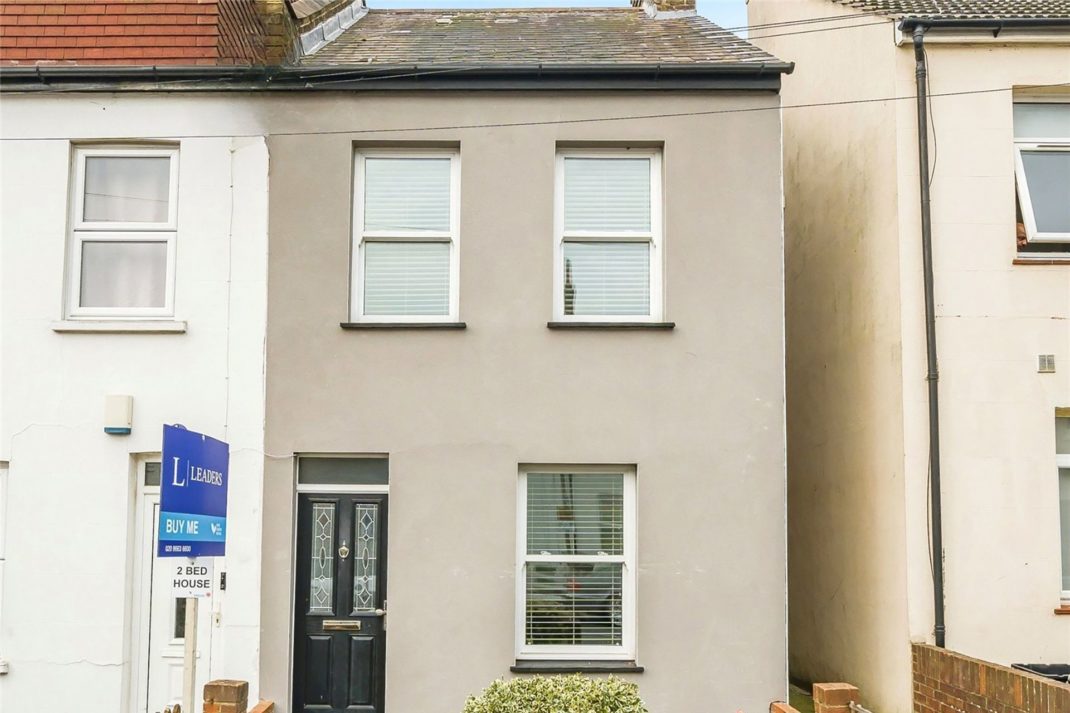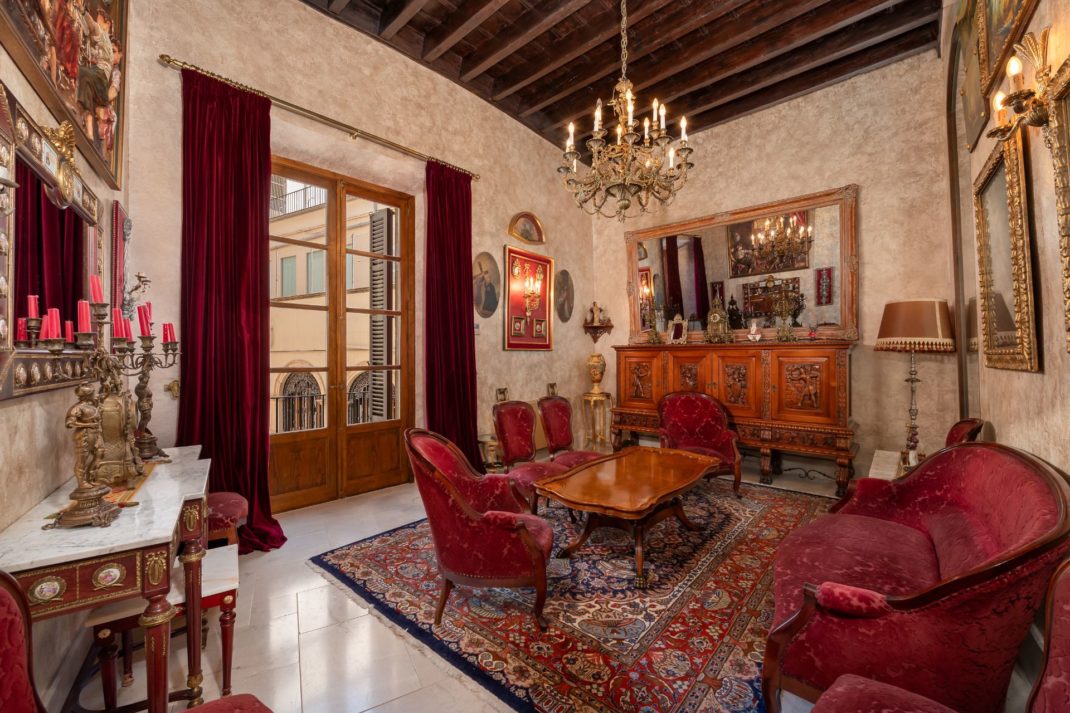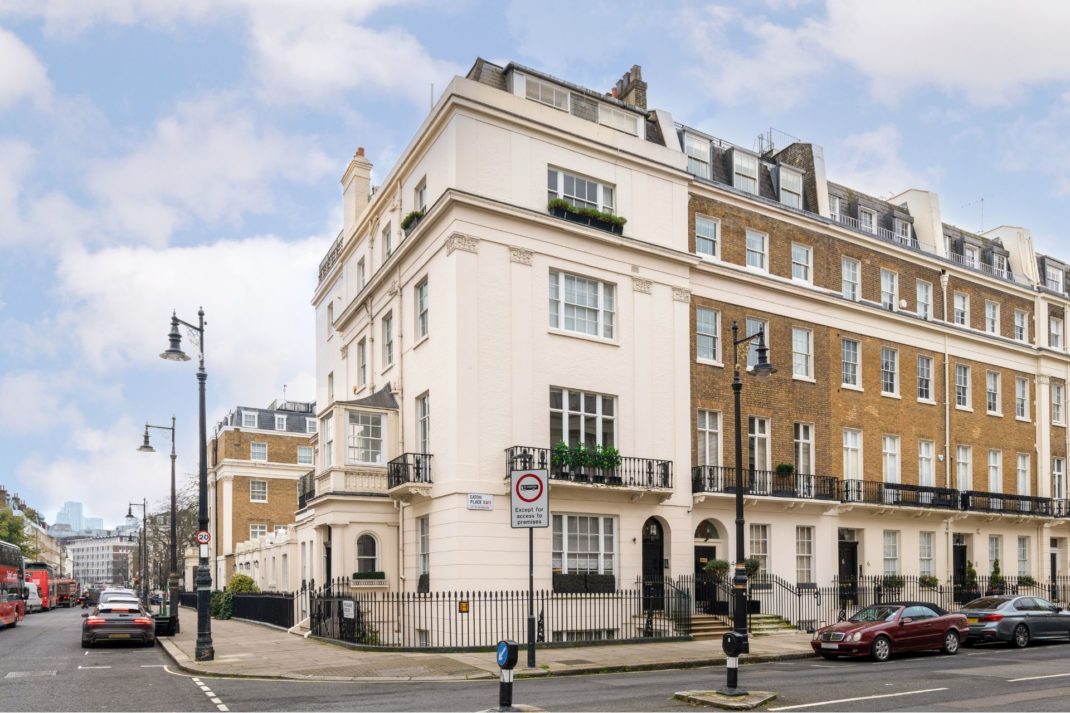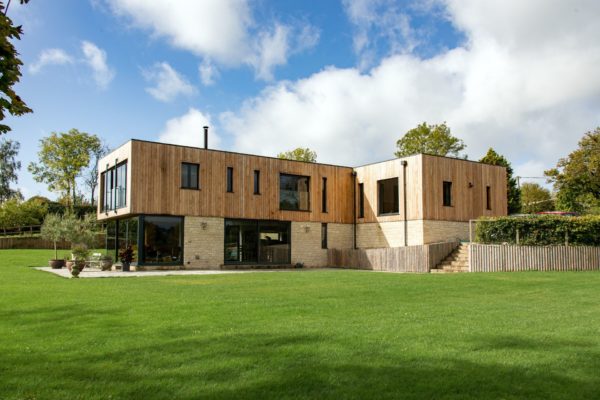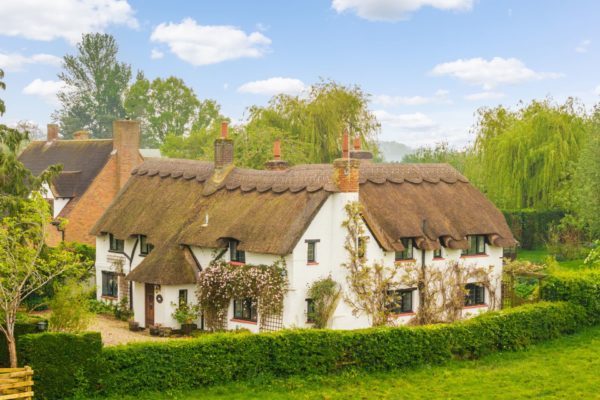The Best Waterfront Eco-Properties On The Market Right Now
By
2 years ago
I can see the sea
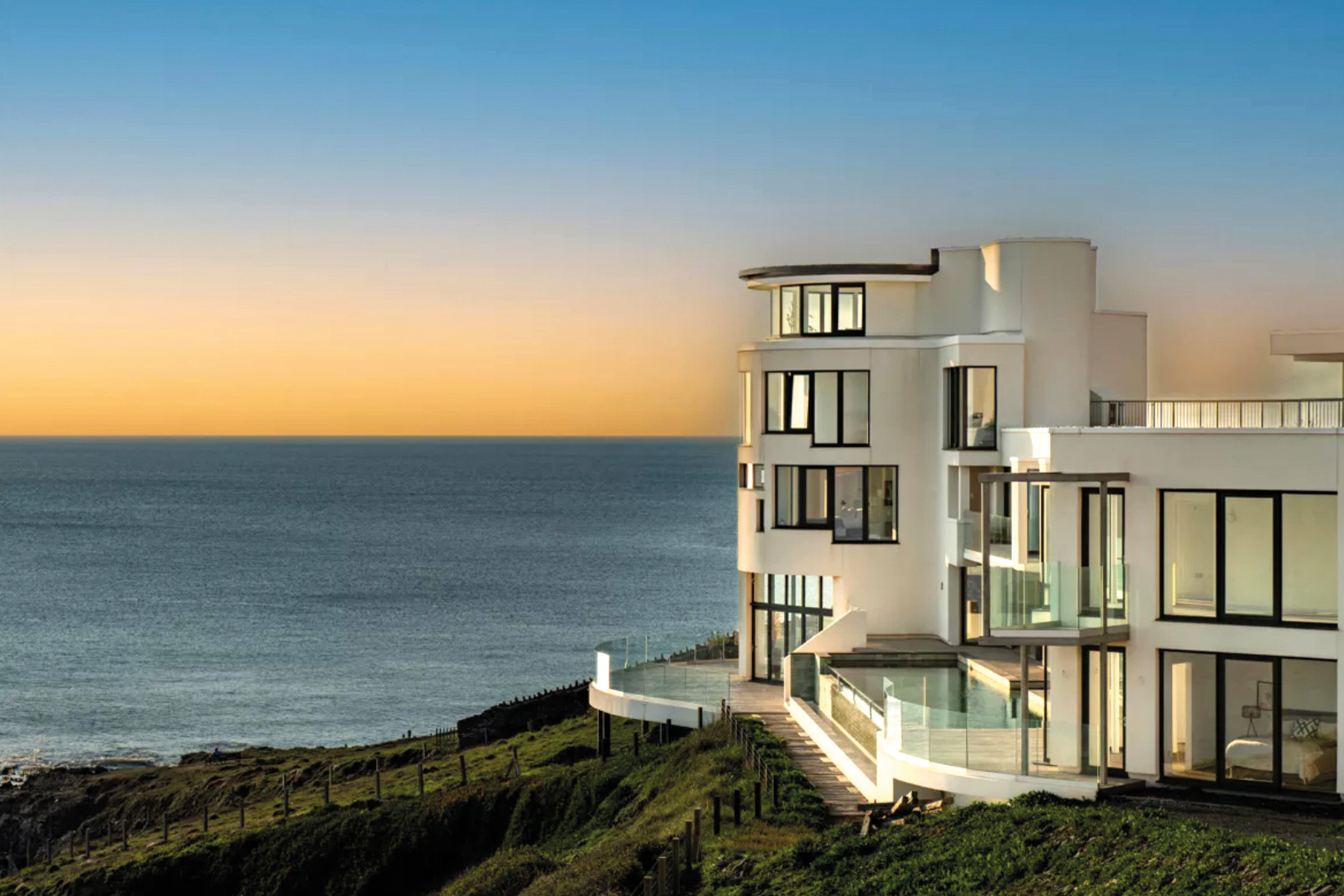
Anna Tyzack explores the rise in popularity of waterfront homes with eco credentials.
The Best Waterfront Eco-Properties On The Market Right Now
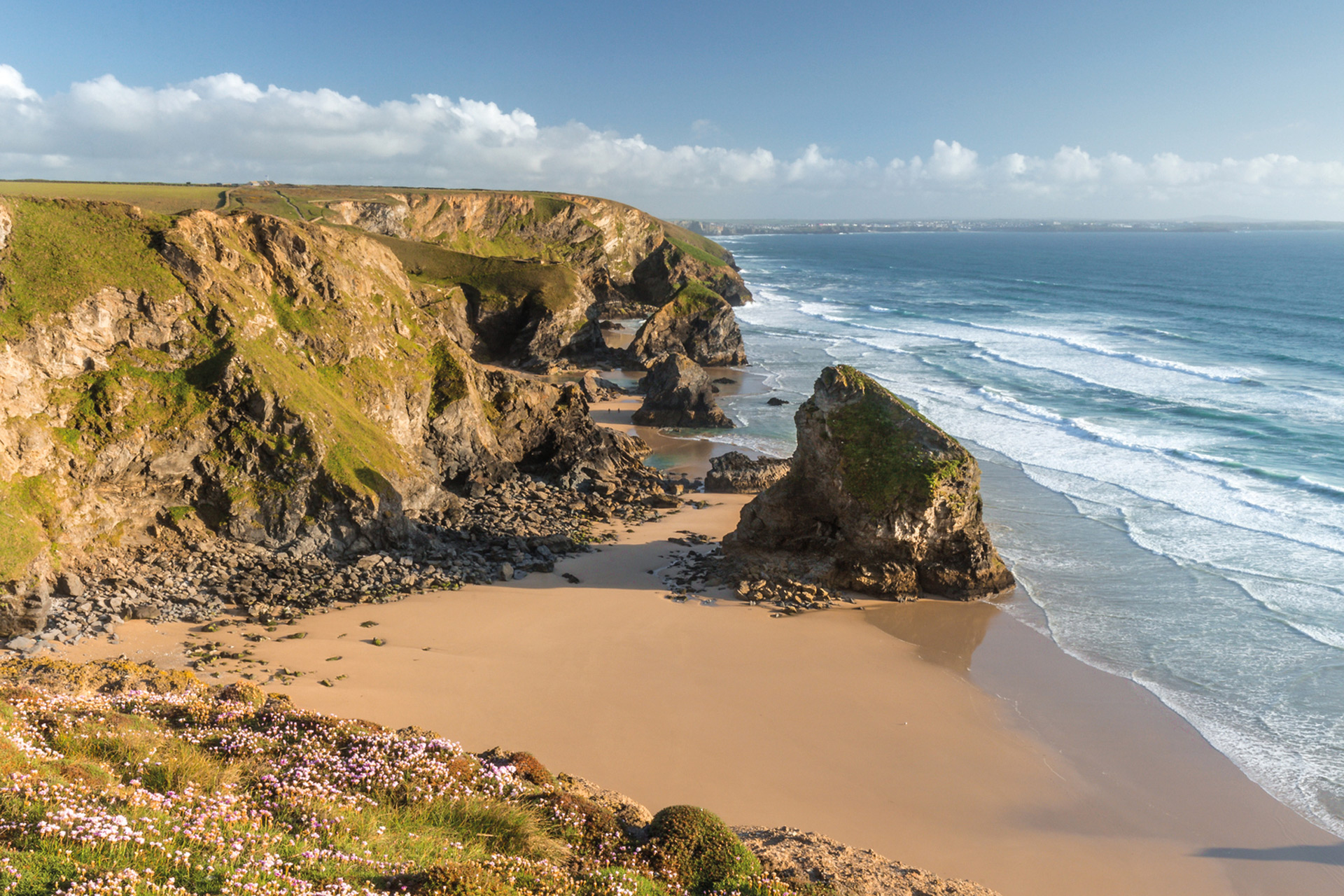
Image: Getty
From Italianate villas to Gothic lighthouses, thatched cottages ornées and modernist beach houses, Britain’s coastline has long been a canvas for architectural creativity. Now though, architects are not only striving for pioneering design but also to incorporate the latest renewable technology. ‘Eco houses work particularly well on the coast if they’re built to make the most of the weather and are well insulated,’ explains Mark Bracey of estate agents Lillicrap Chilcott in Cornwall (lillicrapchilcott.com). ‘You get more wind and more sun; it makes sense to harness the weather to keep energy bills down.’
Mark, along with other coastal property agents, is witnessing a flourishing market for waterfront homes with eco credentials, a trend fuelled by the current cost of living crisis and a growing interest in living more sustainably. While most of the houses he sells don’t qualify as ‘passive’, many are in EPC categories A and B, which means they are efficient to run and healthy to live in. ‘If a house is run partly on green energy, buyers will often add additional technology – solar PV panels for hot water or electricity, for example, or rainwater harvesting systems – to further boost their energy rating and lessen the utility bills,’ he explains.
‘If you’ve got enough land and no near neighbours you can even put up a turbine and take your house off-grid entirely.’ Mark’s own solar PV panels at his home in Cornwall ensure that from May to September he receives more money back from the grid than he puts into it. Many of the newbuild properties Mark sells are sleek, state-of-the-art glass boxes with uninterrupted sea views, yet there is also demand for more traditional-looking beach houses, he says.
He’s currently selling Cliff House at Perranuthnoe near Penzance, with ground-source heating, modern insulation and triple glazing, built in the same simple style as the older surrounding houses – it’s even got the same pebble dash exterior. ‘It’s solidly built using the latest techniques and doesn’t cost much to run,’ he explains. According to Trystan Wilkins of P Chapman Construction (pchapmanconstruction.com), a builder specialising in prime waterfront eco homes, whatever their outer appearance, a modern coastal house will be a bunker of reinforced steel; coastal weather, while good for green energy, is punishing on the fabric of a house, he says. ‘Beach houses can come in any shape but they have to be beefy enough to cope with the weather or they won’t last,’ he explains. ‘It can be peaceful sunshine one moment and howling a gale the next.’
While floor-to-ceiling windows and glass balustrading are the norm for new houses on the coast, too much glass can leave a property insufferably hot. ‘There’s a balance to be struck – you want enough solar gain to keep a house warm without being too hot,’ Trystan continues. The owner of one of his recent projects, a manorial stone newbuild on the sunny side of Restronguet Point, near Truro, was surprised when the architect refused to put a glass roof on the orangery.’ Architects have to be strict about solar gain and also incorporate solar shading to keep rooms out of the line of direct sunlight,’ he explains.
Wind is another factor to consider: not only does it slow down the building process as fewer walls can safely be built each day but it has been known to blow out even the largest windows from their frames. ‘The coastal storms can be so ferocious that they’ll break the glass; when you’re talking about a floor-to-ceiling window, this is a frightening prospect,’ Trystan says.
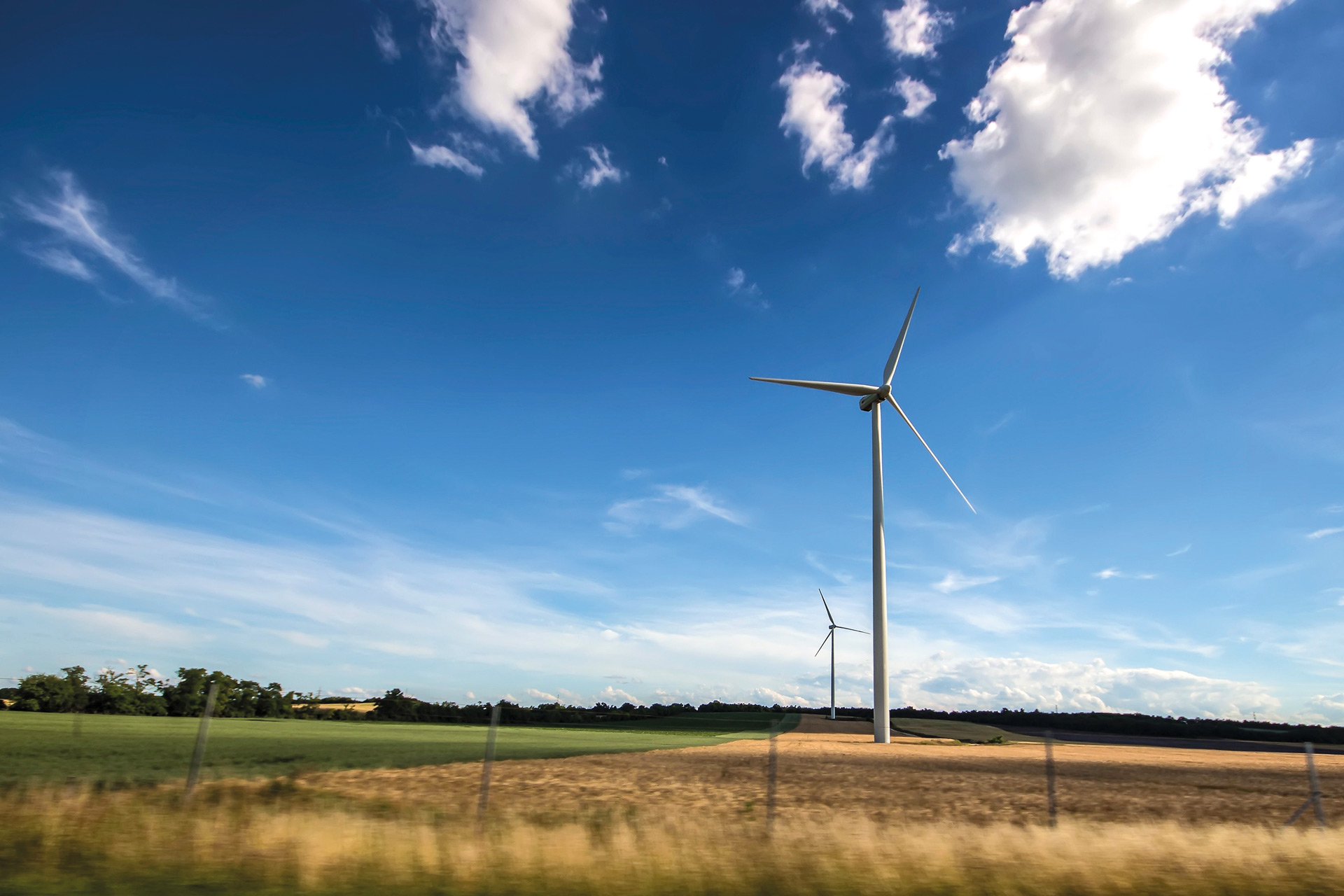
Image: Pexels
The waterfront properties with the lowest energy demands are airtight with cutting-edge air circulating systems that can be complemented with renewables. All coastal properties, however, will benefit from a condensation control system, insists Katie Joyce, who built an eco house on the Devon coast on the footprint of a former cowshed and dairy. ‘You want to keep the air in the house as dry as possible; the sea air is filled with moisture and when you add wetsuits and swimming clothing into the mix you can end up with a mouldy house if you’re not careful,’ she says.
The market for coastal properties in Mark’s patch of Cornwall is active this summer; he’s already sold 19 homes worth more than a million. Well heeled seaside locations across the rest of the country are reporting similar enthusiasm from buyers; the pitiful lack of quality coastal properties for sale this summer ensures prices are still climbing, according to research by Knight Frank, with an annual average growth of 9.8 percent for waterfront properties last year. The most expensive coastline is found in the South West, according to data from Savills, where those looking to buy right on the waterfront in Cornwall, Devon and Dorset will often pay well in excess of £1 million.
While many buyers set out to buy a tired bungalow with a sea view, tear it down and build their dream beach house, opportunities like this in prime locations are increasingly rare. Most buyers will end up cutting to the chase and purchasing the finished article. Katie, whose project took seven years to complete and cost considerably more than she anticipated, concedes that it will save you a lot of stress.
Not that she regrets the effort she put into creating her house. The end result, with an infinity pool and terrace with uninterrupted views of the estuary, is even more stunning than she imagined; the fact it costs considerably less to run than her London flat means she doesn’t worry about it when she’s not there. ‘There’s nothing like the Cornish coast on a sunny day, even in the depths of winter,’ she says. ‘I’m excited to have created a beautiful bolthole that runs itself and is robust enough to be enjoyed by many generations to come.’
FOR SALE
Featured image: Knight Frank




